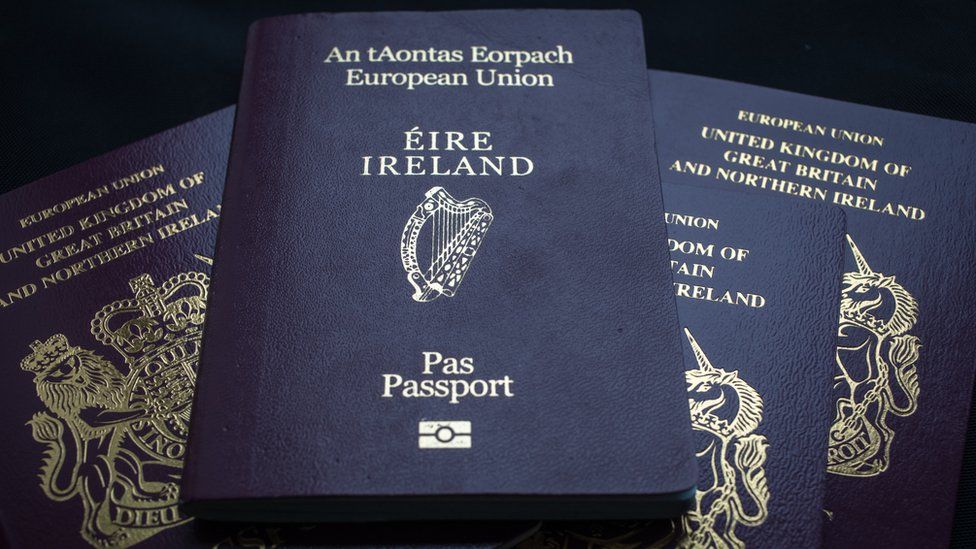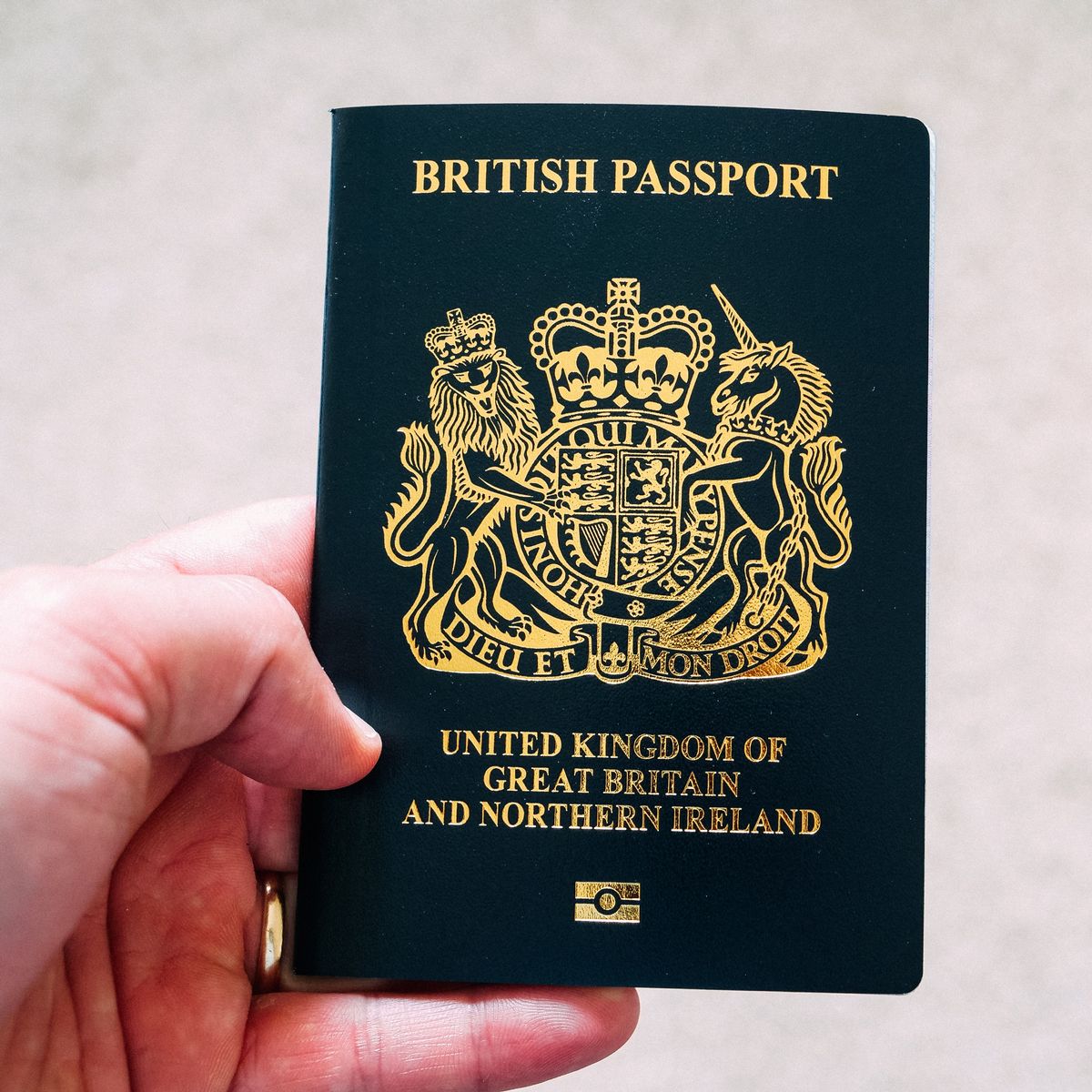A passport is a widely accepted travel document that attests to your identity and nationality.
Passports are major legal documents. They should always be kept in a safe location. There is a distinct identification number on every passport. In the event that your passport is stolen or misplaced, you should retain a note of this number.
Irish Passport
Basic Access Control
Irish passport cards include security elements that make it hard to fake or mistake them for a fake. Additionally, they have been adapted for automated reading. The biometric chip, which houses a duplicate of the data written on the card and a face scan of the cardholder, is located in the top-left corner of the passport card. The identification page’s machine readable zone must be scanned to unlock it, preventing unauthorised parties from remotely accessing the data kept on the RFID biometric chip. This security measure is called.
Color-changing Identifier
Depending on the angle of the light falling on the document, the identifier “Éire/Ireland/Irlande” “Pas/Passport/Passport” is printed in color-changing ink that changes from light green to gold-red. The phrases for Ireland appear in the official EU languages as part of the intricate Celtic pattern that makes up the front of the passport card’s backdrop.
Holographic Image of the Applicant
Digitally printed on the face of the unique security polycarbonate is the identification photograph in grayscale. In the image’s lower right corner, a hologram of an Irish harp is placed. a holographic image of the applicant on a band on the back. Charles Flanagan, the then-foreign affairs minister, said that this would be the first instance of a security feature being utilised on a travel document.
British Passport
Micro-processor Chip
There is a myth that the little microprocessor contains a vast array of extra and extremely sensitive information, such as your police file and job history. Sadly, the reality is less exciting. Simply said, it is a digital version of the information included on the picture page of your passport. Nothing more or less. So while losing your passport is never ideal and puts you at risk of identity theft, the addition of a biometric chip, which contains security safeguards to thwart hackers, doesn’t make the situation any more dangerous.
EU passports are slightly unique. They furthermore include the holder’s fingerprints, with the exception of those issued in Ireland. However, according to the Home Office, there are “currently no plans” to add this or any other biometric data to British documents.
The biometric chip is there to swiftly demonstrate that the passport holder matches the passport holder. It is not intended for the data to be taken from the document and kept in a database that is out of our control. However, a sizable number of nations collect their own biometric data at the border, either through airport technology or visa applications.


